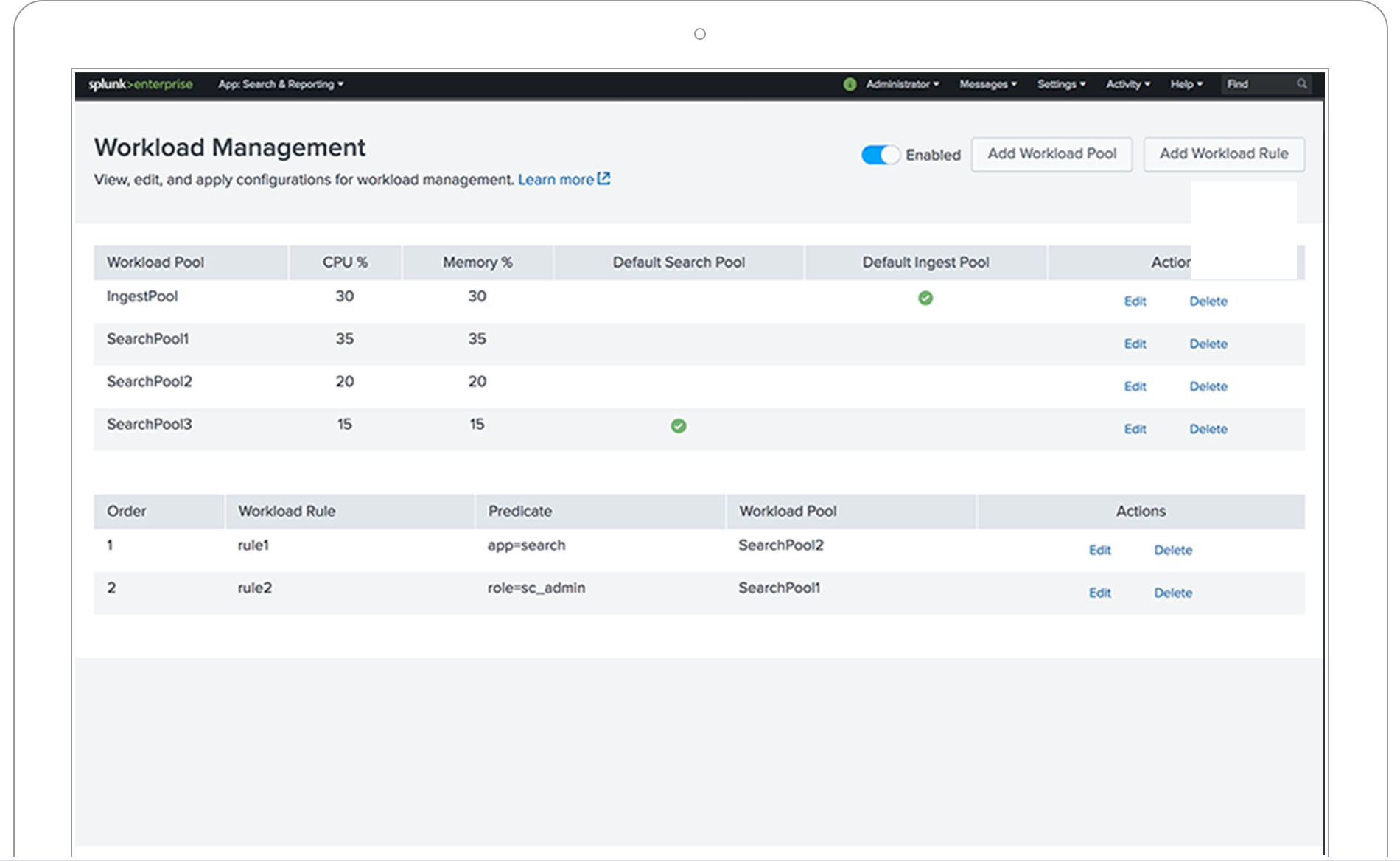
The timestamp is automatically detected by Splunk.So make sure that the start and end of the event are properly detected by Splunk. In Splunk, there is a feature of automatic event breaking.Other things can be created or modified after indexing. It is important to get specific fields right at index time.Make sure to test the index so that the test can be performed quickly.The licensing is done based on usage and volume.
#Splunk enterprise license#
License manager: it checks the licensing details of the user.Deployment server: it is used to deploy the configuration.Search head: it is performing the role of performing reporting and helps to gain intelligence.Indexer: this is used to store as well as index data to improve the search performance of Splunk.Heavy forward: this is the heavy component that allows you to filter the data i.e.Load balancer: it is the default load balancer of Splunk but you can couple it with your load balancer too.It is installed on the application server or client-side. Universal Forward: it is a component that is lightweight and pushes log data into Splunk forwarder which is heavy.The architecture of Splunk: Splunk architecture consists of the following components: Splunk Adaptive Response: it is the framework for adaptive operations and in this, the top most security vendors collaborate to improve security operations and strategies for cyber defense.Splunk Enterprise: it is a system that collects and then analyses the big data which is generated by the systems, technology infrastructure, and apps to get complete visibility across the security stack of your business.Splunk Enterprise Security: it is a SIEM system that makes use of machine-generated data to get operational insights into threats, vulnerabilities, security technologies, and identity information.Can create one central repository for Splunk data collected from multiple sources.Not offering scalability and unstable system.

Why should you replace traditional SIEM with Splunk? Limitations of Traditional SIEM:




 0 kommentar(er)
0 kommentar(er)
